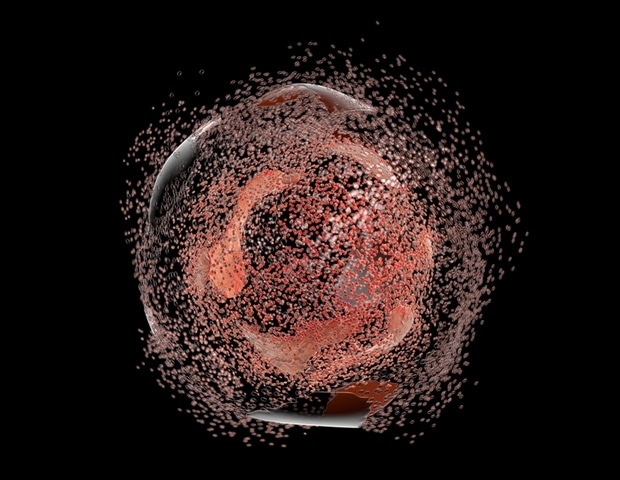
Researchers on the Terasaki Institute for Biomedical Innovation (TIBI) have unveiled a pioneering examine shedding gentle on the intricate mechanisms underlying Alzheimer’s illness (AD). The examine, titled “Results of amyloid-β-mimicking peptide hydrogel matrix on neuronal progenitor cell phenotype,” represents a major leap ahead in understanding the interaction between amyloid-like buildings and neuronal cells.
Led by Natashya Falcone and co-first authors Tess Grett Mathes and Mahsa Monirizad, the analysis crew delved into the realm of self-assembling peptide-based hydrogels, famend for his or her versatility in mimicking extracellular matrices (ECMs) of numerous microenvironments.
AD presents an intricate problem in neurodegenerative analysis. Conventional two-dimensional (2D) fashions have limitations in capturing the complexity of the illness. By means of their progressive method, the crew developed a multi-component hydrogel scaffold, named Col-HAMA-FF, designed to imitate the amyloid-beta (β) containing microenvironment related to AD.
The examine’s findings, revealed in a current concern of Acta Biomaterialia, illuminate the formation of β-sheet buildings inside the hydrogel matrix, mimicking the nanostructures of amyloid-β proteins. By culturing wholesome neuronal progenitor cells (NPCs) inside this amyloid-mimicking setting and evaluating outcomes to these in a natural-mimicking matrix, the researchers noticed elevated ranges of neuroinflammation and apoptosis markers. This implies a major affect of amyloid-like buildings on NPC phenotypes and behaviors.
This foundational work gives a promising scaffold for future investigations into AD mechanisms and drug testing. By bridging the hole between 3D hydrogel fashions and the advanced actuality of AD pathological nanostructures, we purpose to know this interplay on wholesome neuronal cells in order that we are able to speed up the event of efficient therapeutic methods.”
Dr. Ali Khademhosseini, Terasaki Institute for Biomedical Innovation
The examine represents an important step in the direction of unraveling the mysteries of the b-amyloid-like setting which may be present in AD and marks a milestone within the quest for progressive options to fight neurodegenerative problems.
Supply:
Journal reference:
Mathes, T. G., et al. (2024). Results of amyloid-β-mimicking peptide hydrogel matrix on neuronal progenitor cell phenotype. Acta Biomaterialia. doi.org/10.1016/j.actbio.2024.05.020.